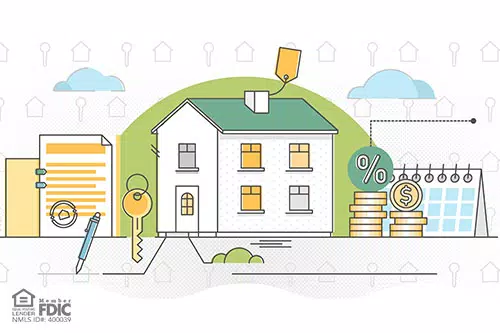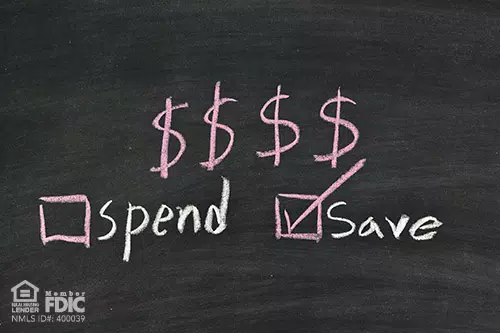Also called an 80/10/10 loan, a piggyback loan allows you to buy a house using two mortgage loans instead of one. Borrowers may pursue this type of loan is if they don’t have enough cash on hand to make a 20% down payment but want to avoid having to pay private mortgage insurance (PMI).
Typically, borrowers who cannot put 20% down on a home need to pay PMI to reduce the lender's risk of mortgage default. With a piggyback loan, the borrower gets one mortgage loan to cover 80% of the purchase price and another to cover 10% of the 20% deposit. The borrower pays the final 10% due to the deposit.
Getting a piggyback loan can also prevent getting a jumbo mortgage for a home that exceeds the spending limit set by Fannie Mae and Freddie Mac. Jumbo loans typically have stricter lending requirements, including larger down payments, higher credit scores, and higher rates. Piggyback loans can reduce the loan amount to below the conforming limit, so you no longer have to get a jumbo loan and cover the difference of the home cost on the second loan.
With no mortgage insurance and a much lower rate on the first mortgage, the borrower could save thousands of dollars over the life of the loan.
There are some drawbacks, however, to pursuing a piggyback loan:
- The borrower will need to qualify for and pay closing costs on two loans instead of one.
- Refinancing can be difficult because the lender on the second mortgage, as well as the lender on the initial one, has to consent to the refinance.
- The rate on the second mortgage is generally higher.
Getting a piggyback loan can be a viable solution if you want to avoid paying PMI or need a jumbo loan, but you should always weigh your options carefully to determine the best route.
To find out if getting a piggyback loan makes sense for you, call the experts at NASB at 888-661-1982.




